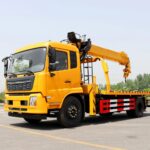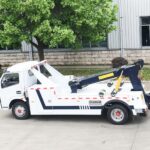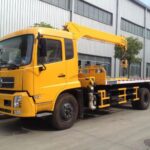Tow trucks, also known as משאית הורסs or breakdown lorries, are an integral part of our modern transportation ecosystem. They come to the rescue of stranded vehicles, clearing accident scenes, and ensuring the smooth flow of traffic on our roads. The history of tow trucks is a fascinating journey through the evolution of automotive technology and roadside assistance. In this article, we will explore the origins and development of tow trucks, tracing their path from humble beginnings to the sophisticated machines we see on the roads today.
The Early Days: Horse-Drawn Wagons
The concept of towing disabled or wrecked vehicles predates the invention of the automobile itself. In the late 19th century, when horse-drawn carriages were the primary mode of transportation, horse-drawn wagons were used to transport broken-down carriages. These wagons, equipped with winches and pulleys, served as the precursors to modern tow trucks. They were essential for helping motorists who found themselves stranded on the side of the road.
אוּלָם, with the advent of the automobile in the early 20th century, a new kind of transportation assistance was needed. As vehicles became more prevalent, so did the need for specialized equipment to handle breakdowns and accidents.
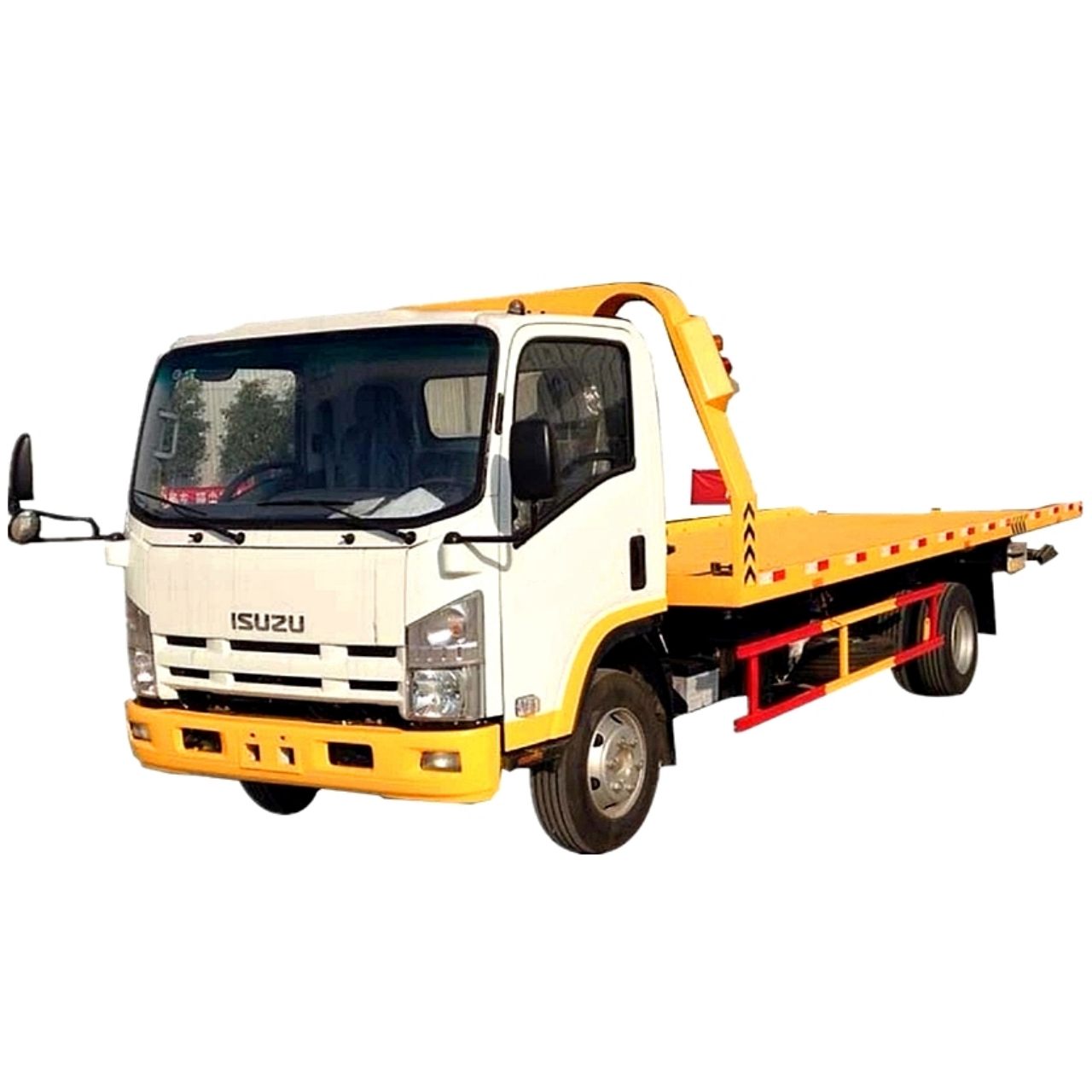
The First Tow Trucks: A Vintage Perspective
The first motorized tow trucks emerged in the early 1910s. One of the earliest models, credited to Ernest Holmes Sr., was born out of necessity. In 1916, Holmes was called upon to assist in the recovery of a Model T Ford that had slid down an embankment. This incident planted the seed for the development of the modern tow truck.
Holmes, an inventor and mechanic, soon set to work on creating a dedicated vehicle for towing. He developed a winch and pulley system that was mounted on the rear of a 1913 Cadillac. This early tow truck design allowed a single operator to hoist and tow vehicles efficiently without requiring additional manpower. It was a significant advancement in the industry and marked the birth of the tow truck as we know it.
The Holmes 485, introduced in 1919, was one of the first commercially available tow trucks. It was a rear-mounted winch and pulley system, capable of towing vehicles with more ease and efficiency than ever before. The Holmes 485 set the standard for tow trucks, and many companies followed suit, producing similar vehicles with their innovations.
World War II and Beyond: Advancements in Technology
The tow truck industry experienced a boom during World War II. The demand for towing equipment and recovery vehicles skyrocketed, as the war effort required efficient ways to retrieve and repair damaged military vehicles. This period of high demand and investment in technology led to significant advancements in tow truck design.
Hydraulic systems, which provided greater lifting capacity and efficiency, were introduced, replacing the older winch and pulley systems. Hydraulic systems allowed tow trucks to tow larger and heavier vehicles, and they became an industry standard.
The post-war era saw the spread of tow trucks beyond military use. They became essential for civilian transportation as more people began to own and drive automobiles. The growth of highways and the automotive industry further contributed to the expansion of the tow truck industry.
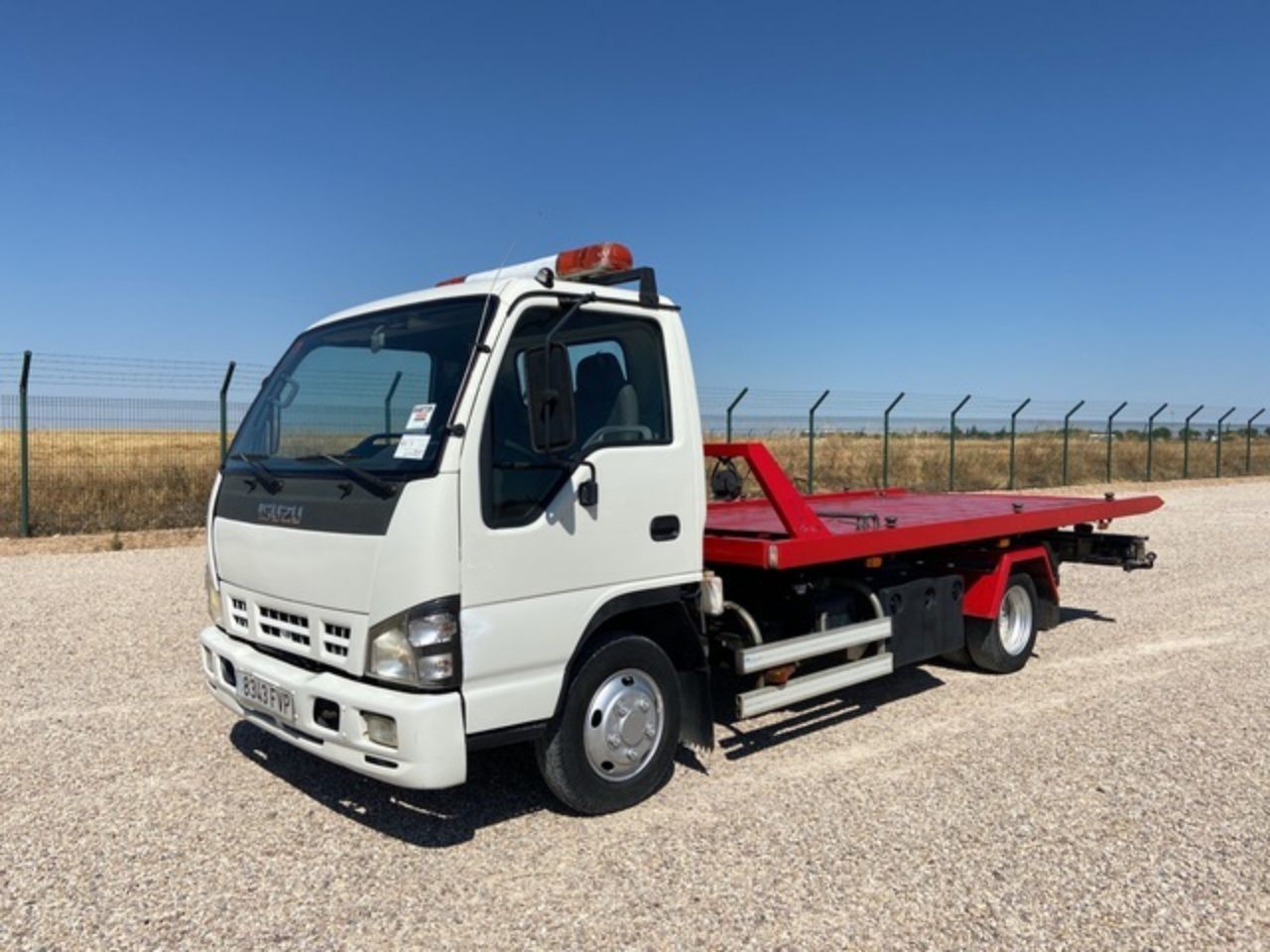
Specialization and Diversification
As the automotive industry evolved, tow trucks diversified to meet various needs. Specialized tow trucks for different tasks emerged. לְדוּגמָה, wheel-lift tow trucks, flatbed tow trucks, and integrated tow trucks became popular choices for different types of vehicles and towing situations.
Wheel-lift tow trucks are designed to lift and tow the vehicle with its front or rear wheels off the ground. This method is commonly used for smaller vehicles and is less likely to damage the vehicle being towed.
Flatbed tow trucks, on the other hand, have a flat, horizontal bed that can be hydraulically tilted or lowered to the ground. These are often used for transporting non-running or damaged vehicles, as they can be easily loaded onto the flatbed without the need for a winch or lift.
Integrated tow trucks combine the features of wheel-lift and flatbed tow trucks, offering versatility and efficiency for a wide range of towing scenarios.
Safety and Regulations
As tow trucks became more advanced, regulations and safety standards were put in place to ensure the safe operation of these vehicles. Tow truck operators are required to undergo training and obtain licenses to operate a tow truck, and they must adhere to strict safety guidelines. This is essential to protect both the tow truck operators and the vehicles being towed.
In addition to safety regulations, tow truck operators often play a crucial role in roadside assistance and recovery operations. They are trained to respond to accidents, provide emergency services, and clear accident scenes quickly and efficiently.
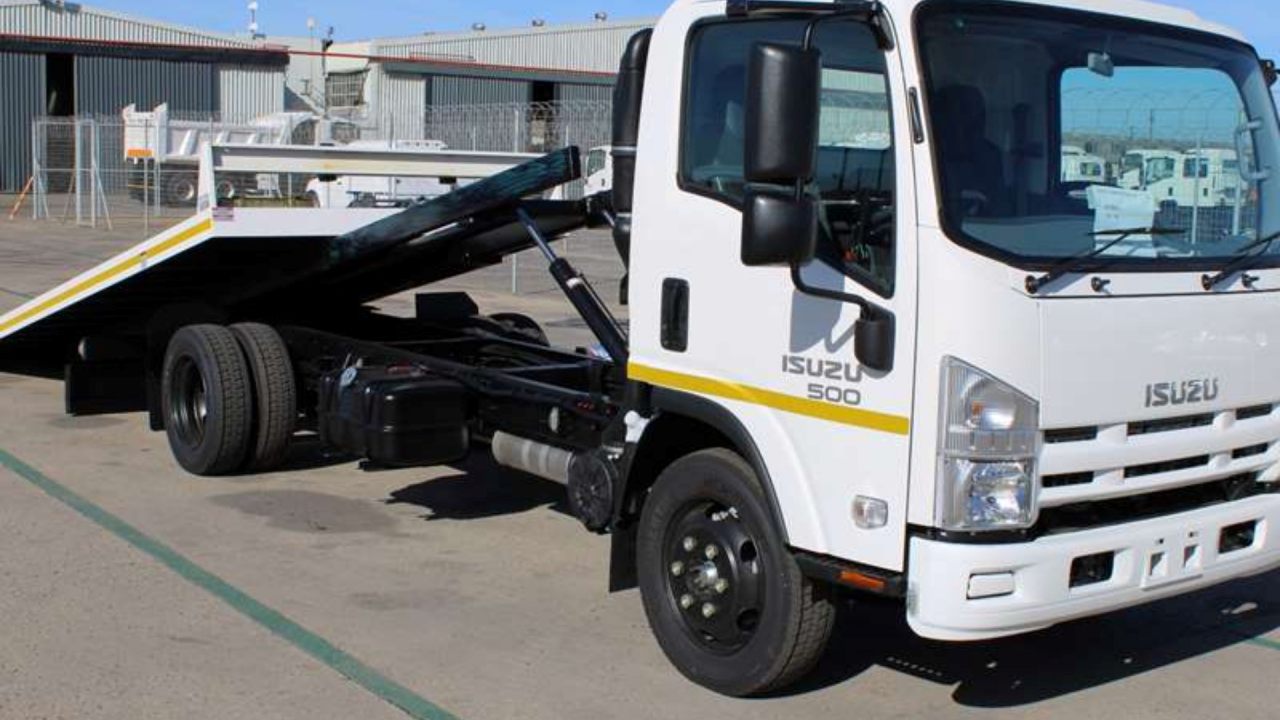
Modern Tow Trucks: A Technological Marvel
הַיוֹם, tow trucks are a marvel of technology. They come equipped with GPS systems for navigation, advanced winches and hydraulics, and safety features to ensure the well-being of both operators and the vehicles being towed. Some are even equipped with cameras and communication systems to streamline operations and provide transparency in the towing process.
The towing industry has not only evolved in terms of technology but also in terms of professionalism and service quality. Many tow truck operators are part of associations that establish codes of ethics and professionalism. They often work closely with law enforcement agencies and insurance companies to provide seamless service in the event of an accident or breakdown.
The Future of Tow Trucks
As technology continues to advance, tow trucks are likely to become even more efficient and capable. Autonomous or semi-autonomous tow trucks could become a reality, with the potential to respond to incidents and retrieve vehicles without human intervention. This could not only improve response times but also reduce the risks associated with working in hazardous conditions.
Electric and hybrid tow trucks may also become more prevalent, aligning with the global shift towards sustainable transportation. These vehicles would be quieter, emit fewer emissions, and reduce the environmental footprint of the towing industry.
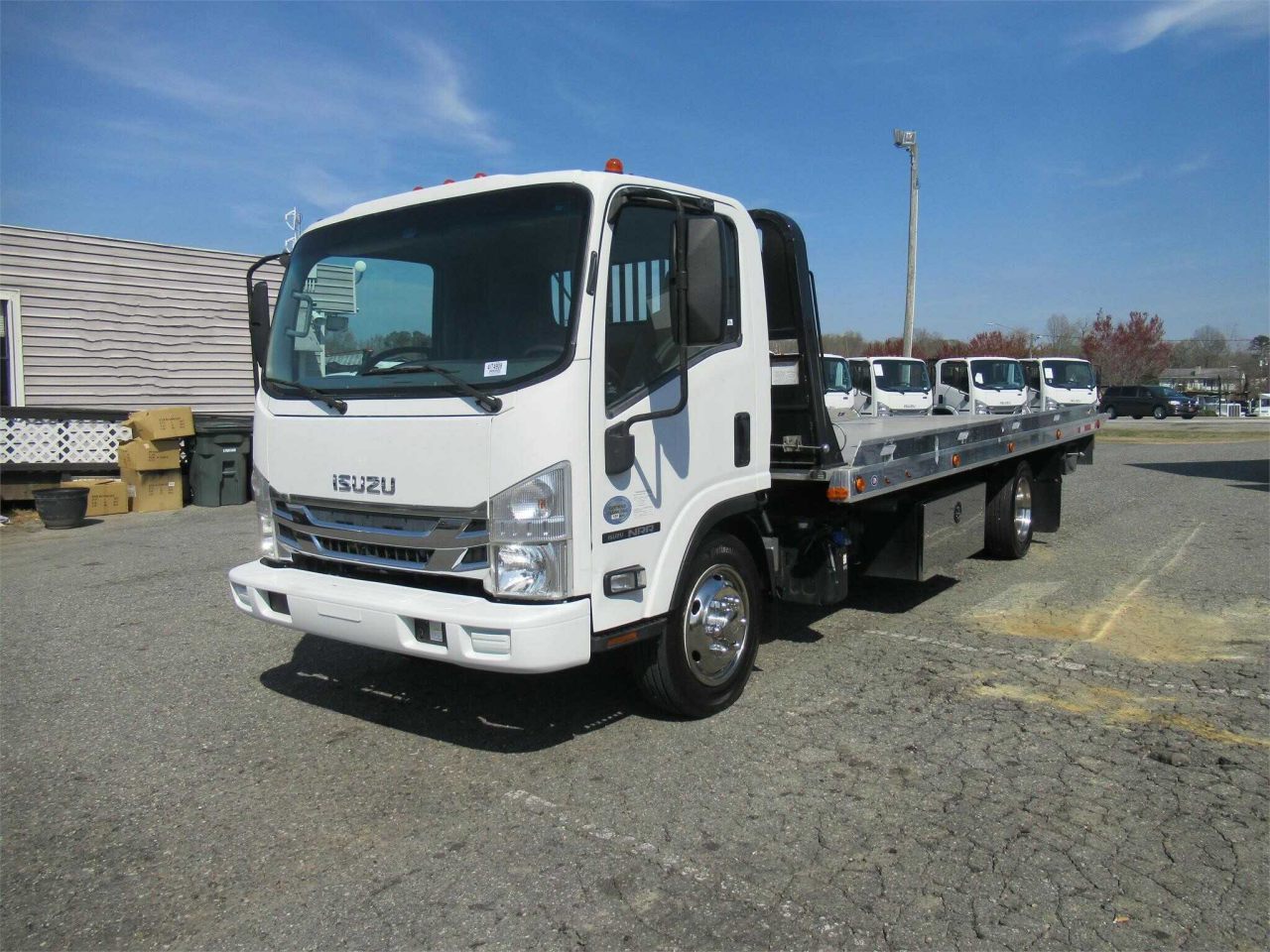
לסיכום, the history and evolution of tow trucks is a remarkable journey through the development of technology, the growth of the automotive industry, and the ever-increasing demand for efficient roadside assistance. From humble beginnings with horse-drawn wagons to the sophisticated and specialized tow trucks of today, these vehicles have played a vital role in keeping our roads safe and clear. As technology continues to advance, the future of tow trucks holds exciting possibilities for further improvement and innovation in this essential industry.


